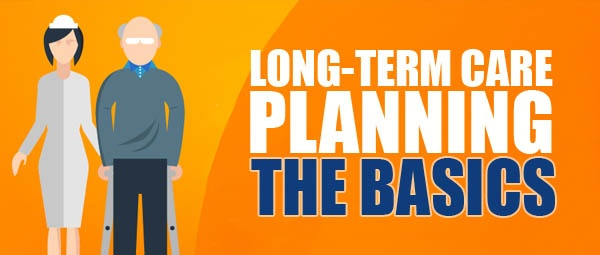We know that when the need for long-term care comes up, it can seem like an overwhelming process to figure out. It's easy to be blindsided by a new diagnosis or the increasing complications that often accompany the advancement of age of a senior loved one. This is why we want to help you learn more about long-term care so that you can enter the process armed with information.
View the text alternative of The Quick and Easy Guide to Long-Term Care infographic.

Share This Image On Your Site
<p><strong>Please include attribution to https://www.caringseniorservice.com with this graphic.</strong><br /><br />
<a href='https://www.caringseniorservice.com/blog/infographic-quick-and-easy-guide-to-long-term-care'>
<img src='https://cdn2.hubspot.net/hubfs/433510/LTC%20Infographic%20PIN.jpg' alt='Quick and easy guide to long-term care infographic' width='600px' border='0' /></a>
</p>
The Quick and Easy Guide to Long-Term Care
What is Long-Term Care?
Ongoing care and support that includes assistance with activities of daily living. LTC helps individuals that require assistance with many of the things the average person takes for granted, such as getting dressed, personal hygiene, and preparing meals.
Affording Long-Term Care
Estimating the cost of long-term care.
The cost will depend on what kind of service you decide to use and where you live. According to Genworth, to stay in a nursing home, it will likely cost between $72,270 and $79,935 a year depending on the state where care is received (that's $198 to $219 per day).
Long-Term Care Options
Skilled Nursing Facilities
The national median rate is $6,000 per month.
Many choose to go with skilled nursing facilities because they can offer onsite medical attention that is ideal for those with more sever conditions or limitations. They choose nursing facilities because, oftentimes, it is the only affordable option for them because Medicaid and Medicare will help cover the costs.
Assisted Living Facilities
The national median rate is $3,500 per month.
The majority of the population at assisted living centers are those over the age of 85 who need help with everyday activities but still want to remain in a home-like environment. Assisted living centers are cheaper than nursing homes. Still, they are not for everyone, especially if your parent has a more serious medical condition or disability.
Independent Living Communities
The national median rate is $3,300 per month.
Independent living communities, or "retirement communities" were made for independent senior citizens who have minimal medical needs. Those who choose to live here are active, self-sufficient, and healthy enough to live independently.
Non-Medical Homecare
The national median rate is $2,280 per month.
Non-medical home care is in-home care that helps an individual continue to live in the comfort of their own home. A caregiver is there to help with activities of daily living. Having a caregiver assist with these activities ensures that a senior gets to stay at home, surrounded by all of their belongings and memories.
Your Financial Options
Private Pay Options
- Life insurance: Life insurance is a policy you can buy that will provide a benefit amount upon death. If you need long-term care though, some policies allow you to cash in on the benefit at a reduced amount.
- Life settlements: You may alternatively sell your policy to an investor to pay for long-term care. Similarly, if someone is terminally ill with a life expectancy of 2 years or less, you can make a vertical settlement.
- Reverse mortgage: If you are over 62 years old, you can take out a reverse mortgage. Taking out reverse mortgages allows you to obtain cash against the value of your home without selling it.
- Long-term care insurance: Long-term care insurance is an option that will reimburse you a daily amount for long-term care services. Then, you will be able to choose a range of care options and benefits that will help you receive care.
Medicare
Medicare is a short-term option that will help pay for a portion of the costs of skilled nursing care for up to 100 days. It focuses on medical acute care and conditions that are expected to improve.
Medicaid
Medicaid will help those with low incomes and minimal assets pay for their long-term care at home.

